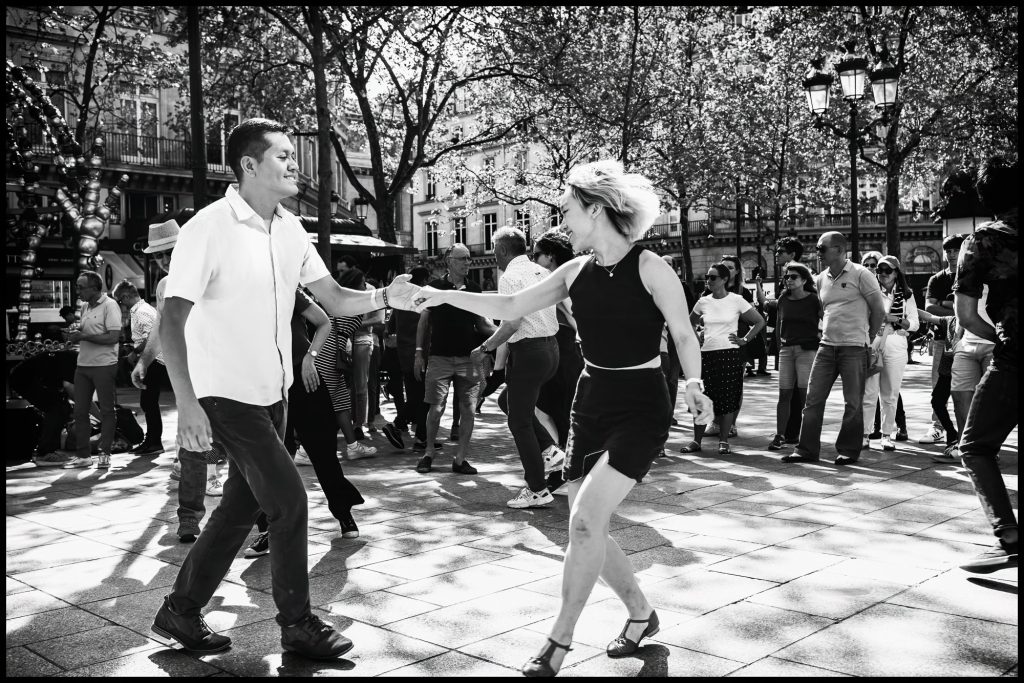The Bureau (Le Bureau des Légendes) is a gripping French spy series created by Éric Rochant for Canal+. It follows the daily life and missions of agents in the DGSE—France’s equivalent of the CIA—headquartered in Paris’s 20th arrondissement. Remarkably, the series was produced with the cooperation of the DGSE itself, which even endorsed its portrayal of intelligence work. Critics agreed: The Bureau won Best TV Series from the French Syndicate of Cinema Critics.
The story begins with Guillaume “Malotru” Debailly (Mathieu Kassovitz), a French intelligence officer returning to Paris after six years undercover in Syria. Struggling to adjust to his old life, he discovers that his former lover Nadia (Zineb Triki) is now in Paris. Against all rules, he contacts her under his Damascus alias, Paul Lefebvre—setting in motion a double life that threatens both him and the DGSE.
The supporting cast is equally compelling. Jean-Pierre Darroussin plays Henri Duflot, the likable but self-conscious head of the clandestine service, whose garish neckties make him seem almost ordinary. Léa Drucker portrays a DGSE psychiatrist with top-secret clearance, while Sara Giraudeau shines as Marina Loiseau, a young and determined operative navigating the perilous world of undercover work.
The acting throughout is superb, and the espionage feels refreshingly authentic—far more grounded than most spy thrillers. Over five masterful seasons, The Bureau became one of the most riveting and realistic espionage dramas I’ve ever seen, on television or film.
The series concluded after five seasons and is available in the U.S. on Sundance Now, including through the Sundance Now channel on Amazon.
















